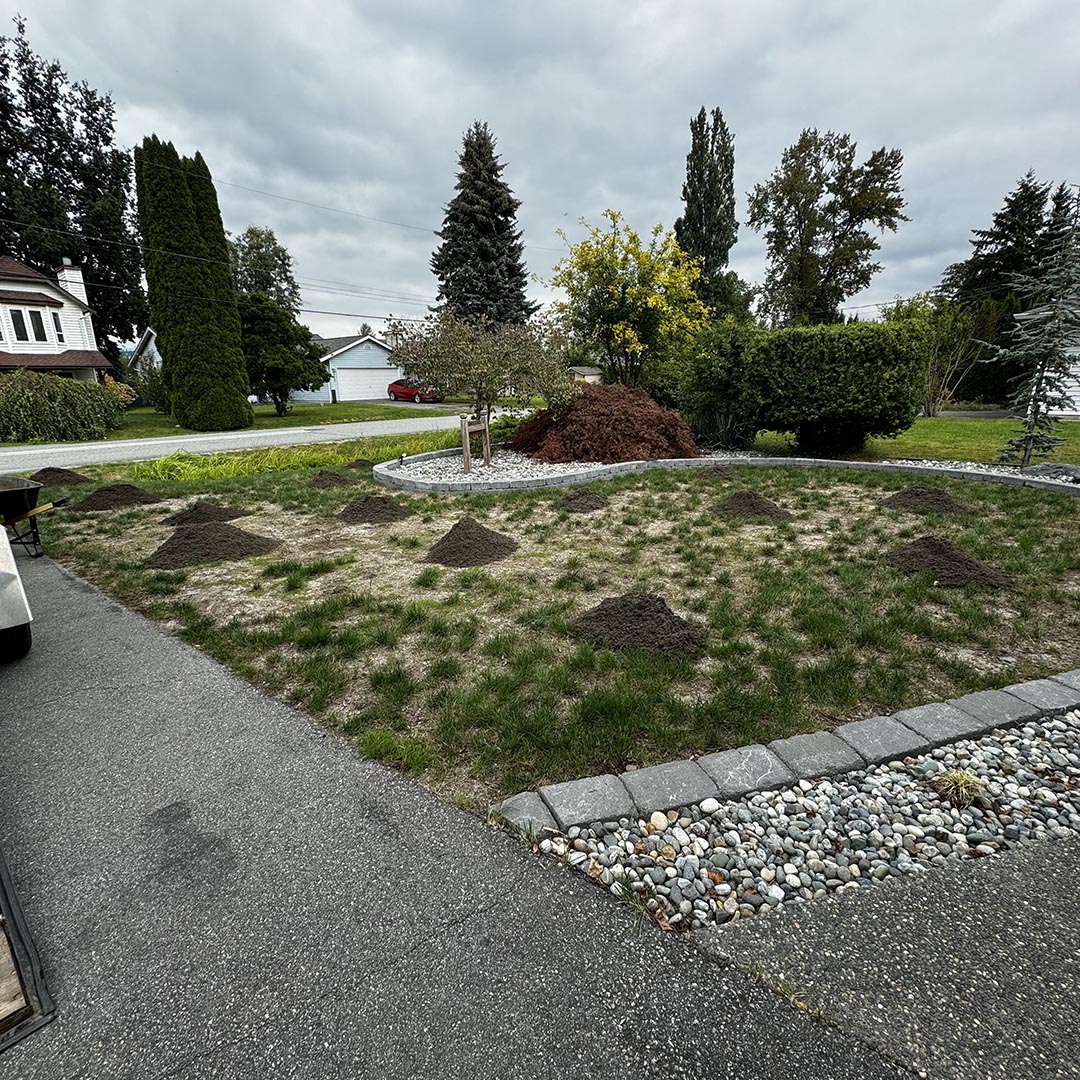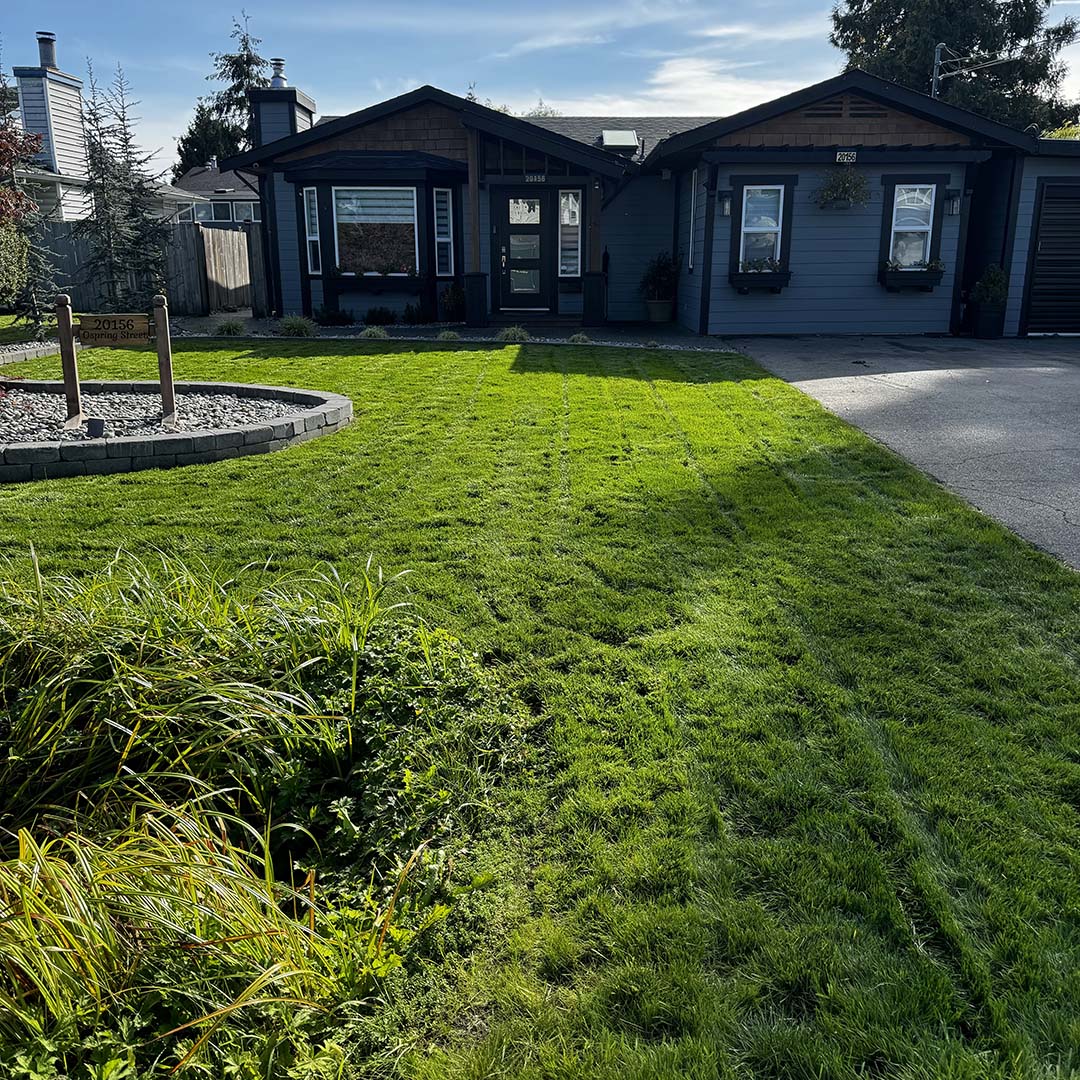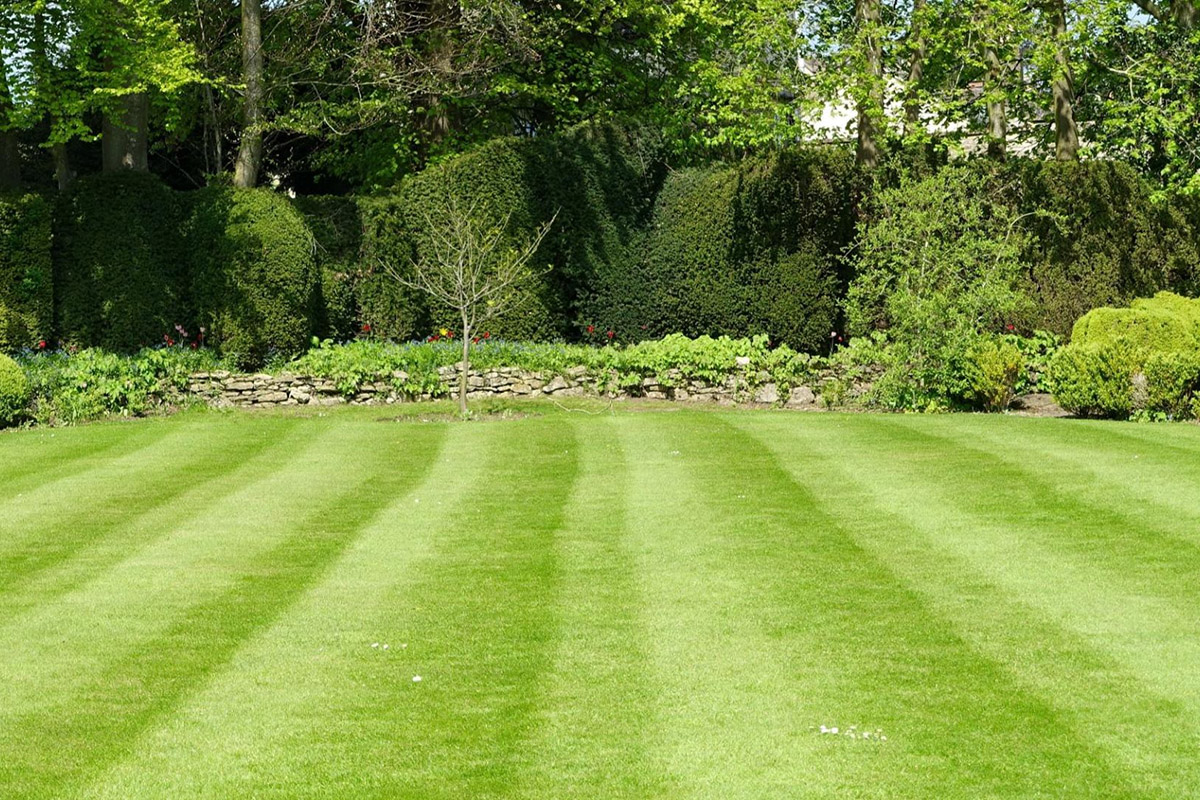
The lush, green lawn has become a hallmark of gardens worldwide. Our franchisees take pride in maintaining our customers’ lawns, dedicating countless hours each week to mowing, fertilizing, and watering to ensure they remain vibrant and well-kept.
We explored the origins of lawns and why they continue to be an essential part of outdoor spaces today.
Who Planted the First Lawns?
According to The Lawn Institute, some researchers believe humans are naturally drawn to lawns because they resemble the African savannas where our ancestors thrived. These open plains provided clear sightlines to spot danger and track prey effectively.
The term laude originated during the Middle English period, referring to a glade or clearing in the woods. During medieval times, French and British castles were often surrounded by grassy areas, allowing guards to monitor approaching visitors or threats.
By the 16th century, lawns became a symbol of wealth and status in France and England, often planted with thyme or chamomile. This trend grew in the 17th century, but due to the labor-intensive maintenance required, lawns were typically reserved for the affluent.
The invention of the lawn mower in the 19th century, however, made lawns more accessible to the general public.
How Lawn Maintenance Evolved
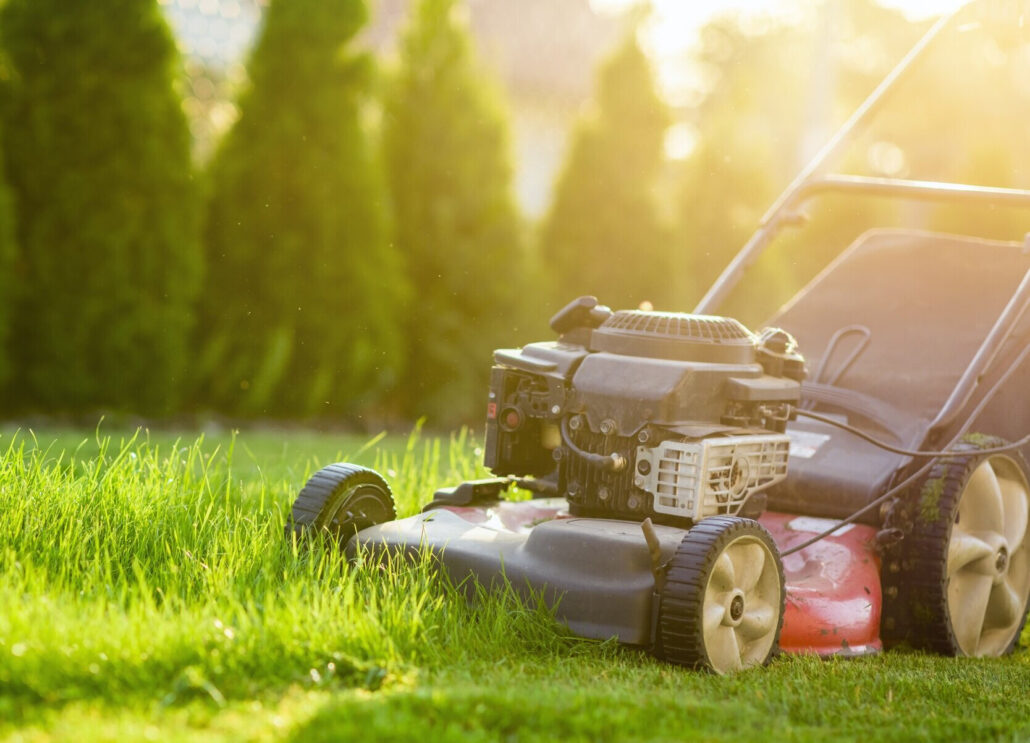
How Lawn Maintenance Evolved
Lawn care has come a long way since the 16th century, when servants would trim lawns with hand scythes for the wealthy.
In 1830, Edwin Beard Budding revolutionized lawn maintenance by inventing the first mechanical lawn mower. This push mower, powered by human effort, enabled the upkeep of large grassy areas such as parks, making them more common and easier to maintain.
The 20th century saw significant advancements in lawn mower technology. In 1921, the Atco Motor Mower became the first motorized model, and within five years, tens of thousands were being produced annually.
By 1938, the first power mower for residential use was introduced by Toro, and in 1948, Max Swisher developed the first zero-turn mower, enhancing maneuverability.
In 2000, the first robotic lawn mower was created, ushering in a new era of innovation. The 21st century has since focused on environmentally conscious developments, such as reducing mower emissions for cleaner lawn care practices.
Why Do We Have Lawns?
Lawns offer many practical and aesthetic benefits. They help stabilize soil and prevent erosion while absorbing carbon dioxide and producing oxygen.
Like the grassy areas around medieval castles, modern lawns provide clear visibility, helping homeowners monitor their surroundings. Additionally, lawns help keep houses free of tree roots that could damage underground pipes.
Lawns also provide safe, open spaces for children and pets to play. The soft surface of grass is a much friendlier option than concrete, making it ideal for outdoor activities.
The Enduring Appeal of Lawns
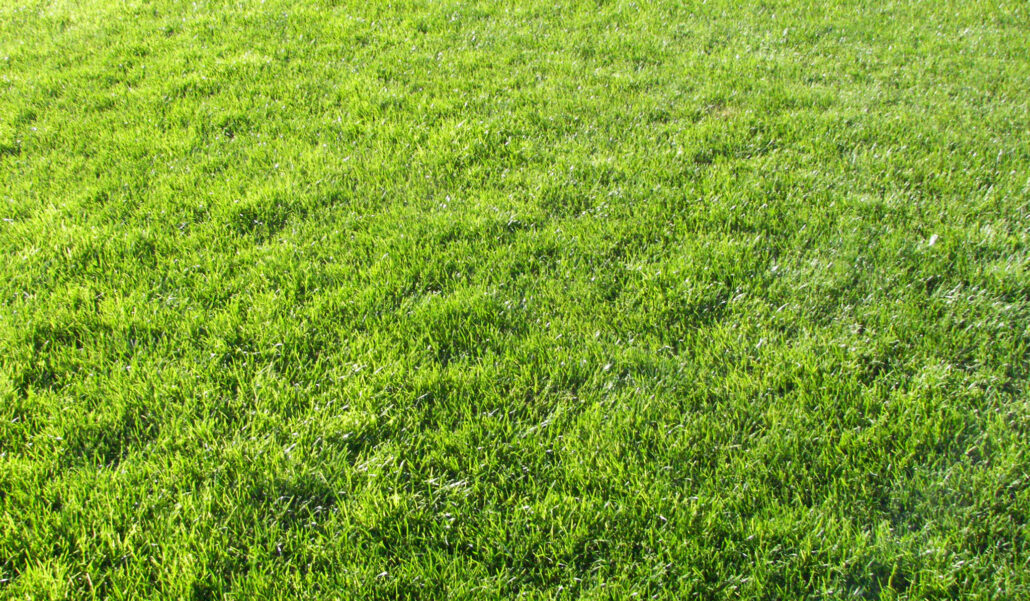
The Enduring Appeal of Lawns
For hundreds, if not thousands, of years, lawns have been a favored feature in outdoor spaces. While most of us no longer rely on open fields for hunting, the numerous benefits of a healthy, green lawn have ensured its place as a staple in gardens around the globe.

